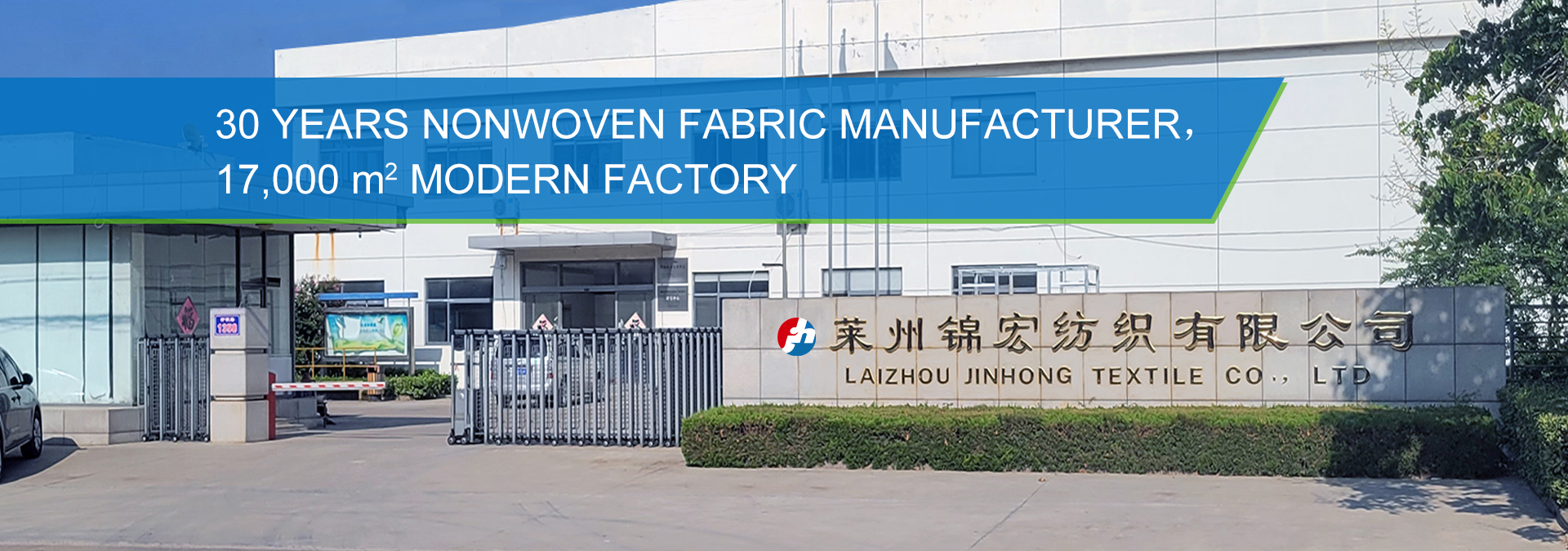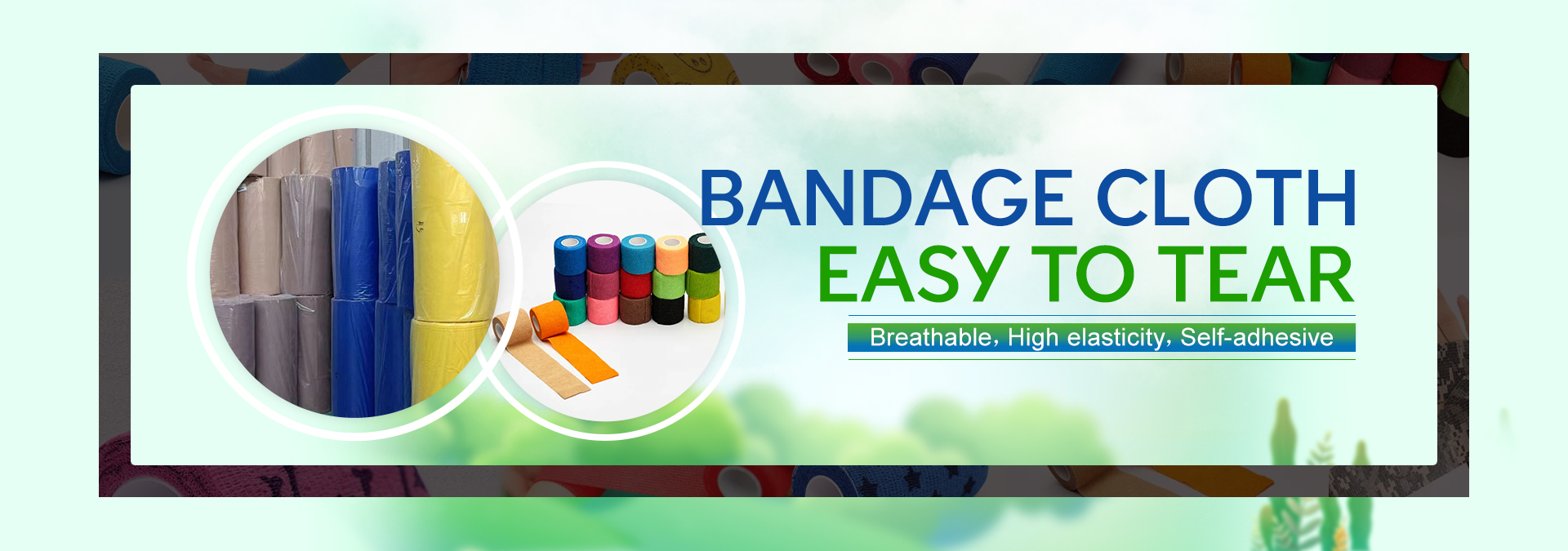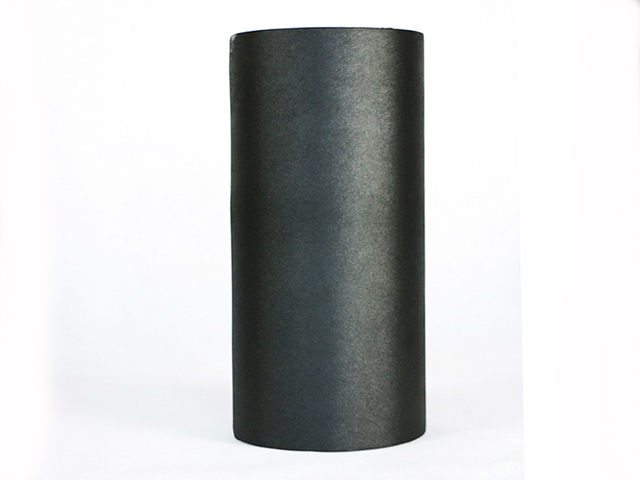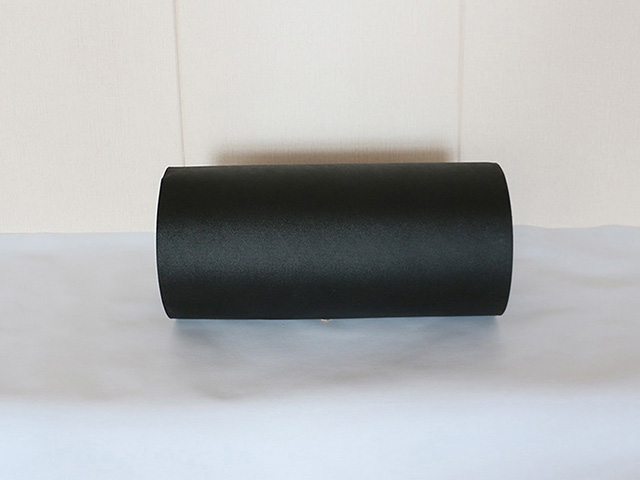Non woven fabrics are moisture-proof, breathable, flexible, light, non combustion, easy to decompose, non-toxic, non irritating, colorful, low price and so on. When we choose non-woven materials, we all know how to identify all kinds of non-woven materials?
1. Hand feeling visual test method: this method is applicable to non-woven fabric raw materials in loose fiber state.
(1) Cotton fiber is shorter and thinner than ramie fiber and other process fiber and wool fiber, often with various impurities and defects.
(2) The handle of hemp fiber is rough and hard.
(3) Wool fiber is curly and elastic.
(4) Silk is filament, long and thin, with special luster.
(5) Among the chemical fibers, only viscose fiber has great difference in dry and wet strength.
(6) Spandex has great elasticity, and its length can be stretched to more than five times at room temperature.
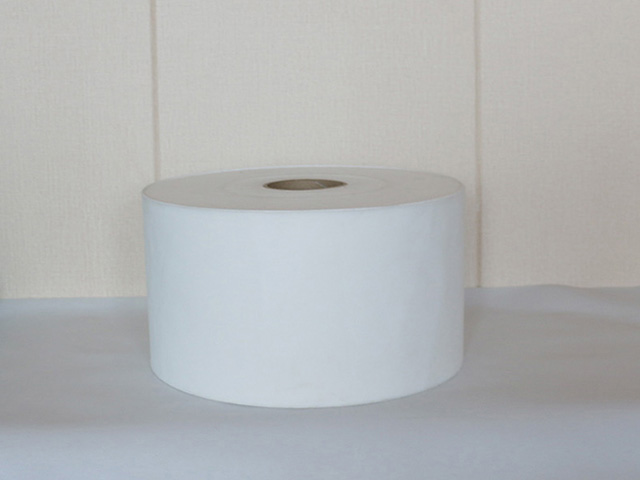
2. Microscope observation: it is to identify the non-woven fiber according to the longitudinal and cross-sectional morphological characteristics of the fiber.
(1) Cotton fiber: cross section shape: waist round, with middle waist; Longitudinal shape: flat band, with natural twist.
(2) Ramie (ramie, flax, jute) fiber: cross section shape: waist round or polygonal, with cavity; Longitudinal shape: transverse section and vertical grain.
(3) Wool fiber: cross section shape: round or nearly round, some with pith; Longitudinal shape: there are scales on the surface.
(4) Rabbit hair fiber: cross section shape: dumbbell shaped, with pith; Longitudinal shape: there are scales on the surface.
(5) Silk fiber: cross section shape: irregular triangle; Longitudinal shape: smooth and straight, longitudinal stripe.
(6) Common viscose fiber: cross section shape: serrated, skin core structure; Longitudinal shape: longitudinal groove.
(7) Acetate fiber: cross section: trilobite or irregular serration; Longitudinal shape: the surface has longitudinal stripes.
(8) Rich and strong fiber: cross section shape: less teeth, or round, oval; Longitudinal shape: smooth surface.
When we identify the non-woven materials, we can identify them according to the above identification methods. Choosing the non-woven materials that we are satisfied with is what we all need.

